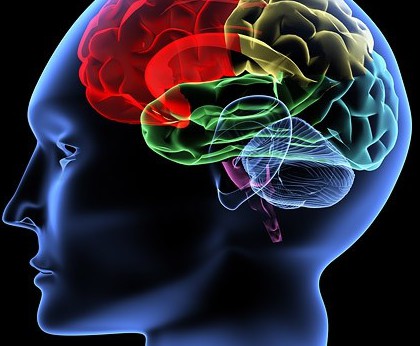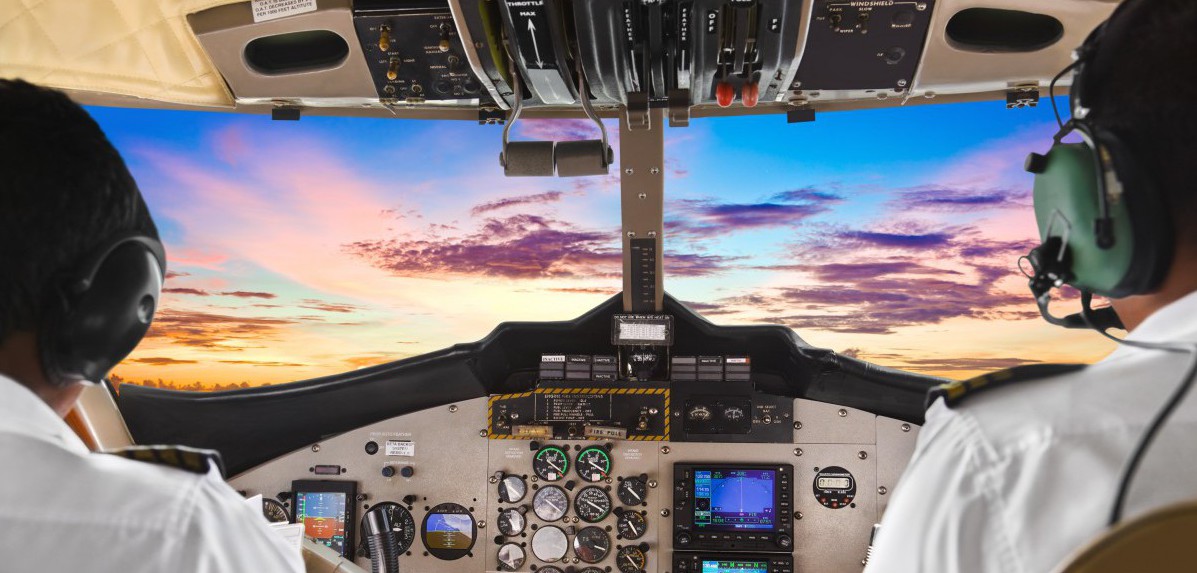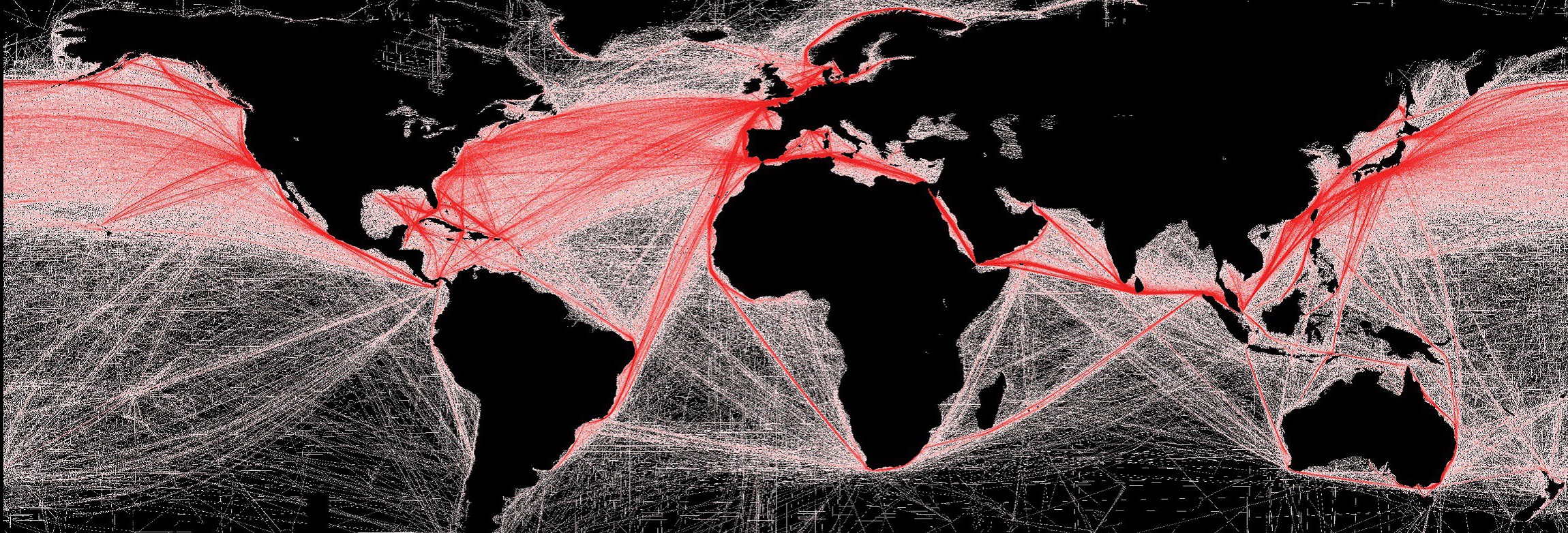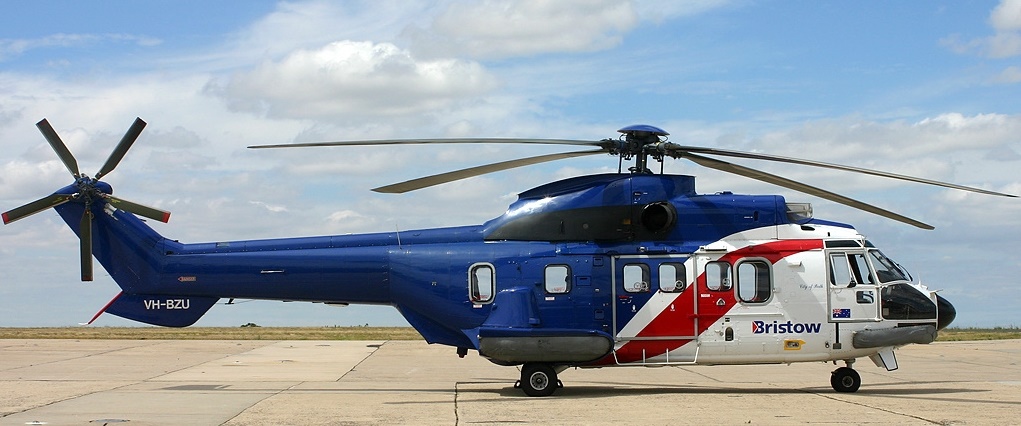Maritime Simulation Training Effects on the Human Brain
Maritime Insights’ Amitava Chakrabarty describeshe brain of a maritime pilot describing how during his or her maritime pilot training and throughout their careers, gathers information from different situations and the biological neural network inside his brain records it, triggering the neural pathways once an identical situation arises. The brain automatically responds to this somewhat identical external stimulus. Counteractive measures pours out automatically and sometimes even unknowingly as there is hardly any time to think and respond. Maritime pilots give instantaneous orders determining a ships rudder-angle, the engine thrust and its direction, and the bow-thrusters or the stern-thrusters He orders the assisting tugs as well from time to time and he does all of these without spending much time to think. Sometimes he is facing the stern, but he has clear idea of his port and starboard sides and he gives orders flawlessly. His brain is conditioned to such situations so that he can anticipate the impending danger well in advance and the neurons of his cortex churns out the right order at the right time to avoid a hit.
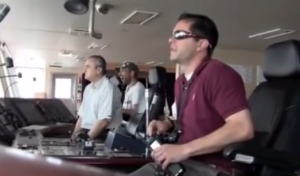 With time the maritime pilot learns how to counter the effects of wind on the ship’s hull. With a high freeboard he will always be bodily adrift from the course. In enclosed harbor he may not always take the help of charts or other tools. Rather he follows shore objects as transit points and judges his position. A trained eye can even judge the SOG (Speed Over Ground) by seeing the reference points (be it a fixed crane, a light post , a tree, etc.).
With time the maritime pilot learns how to counter the effects of wind on the ship’s hull. With a high freeboard he will always be bodily adrift from the course. In enclosed harbor he may not always take the help of charts or other tools. Rather he follows shore objects as transit points and judges his position. A trained eye can even judge the SOG (Speed Over Ground) by seeing the reference points (be it a fixed crane, a light post , a tree, etc.).
Simulation Training: Minds and Machines
Mathematical models. Algorithms. Direct hands on action on training simulation hardware. Indirect visual action using training simulation software. And Operations. This is the body and brain when training on digital simulation machines. These are also the five major components of digital simulation systems. From maritime engine simulators to combat flight simulators that artificially re-creates military aircraft flight, simulation training is a powerful, fascinating and rapidly evolving process that is enabling trainees to accelerate their learning development across many highly complex industries. Complex training requires systems that are designed to connect with, record, analyze and store data feeding in from the main simulation training systems, regardless of the industry type. Simple elearning systems may serve well as a means to launch elearning content, however, they may not necessarily be designed to do what a training management system or (TMS), which is engineered to handle the complexities of simulation training.
Source Cited and Photo Credit (shown left): Maritime Insights; Wikipedia Commons.
A Systematic Way to Manage Maritime Pilot Training


